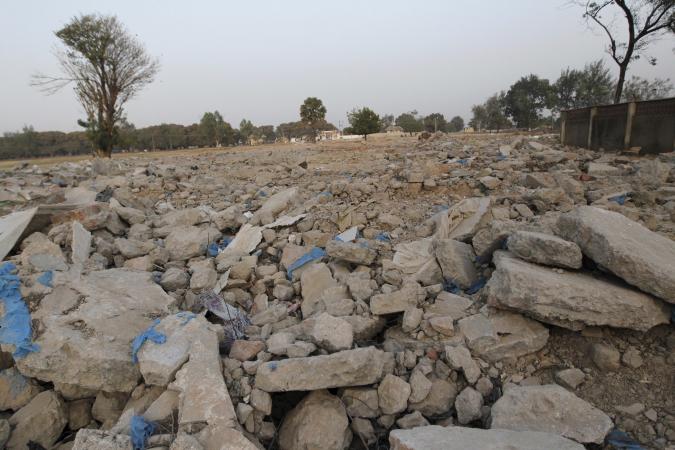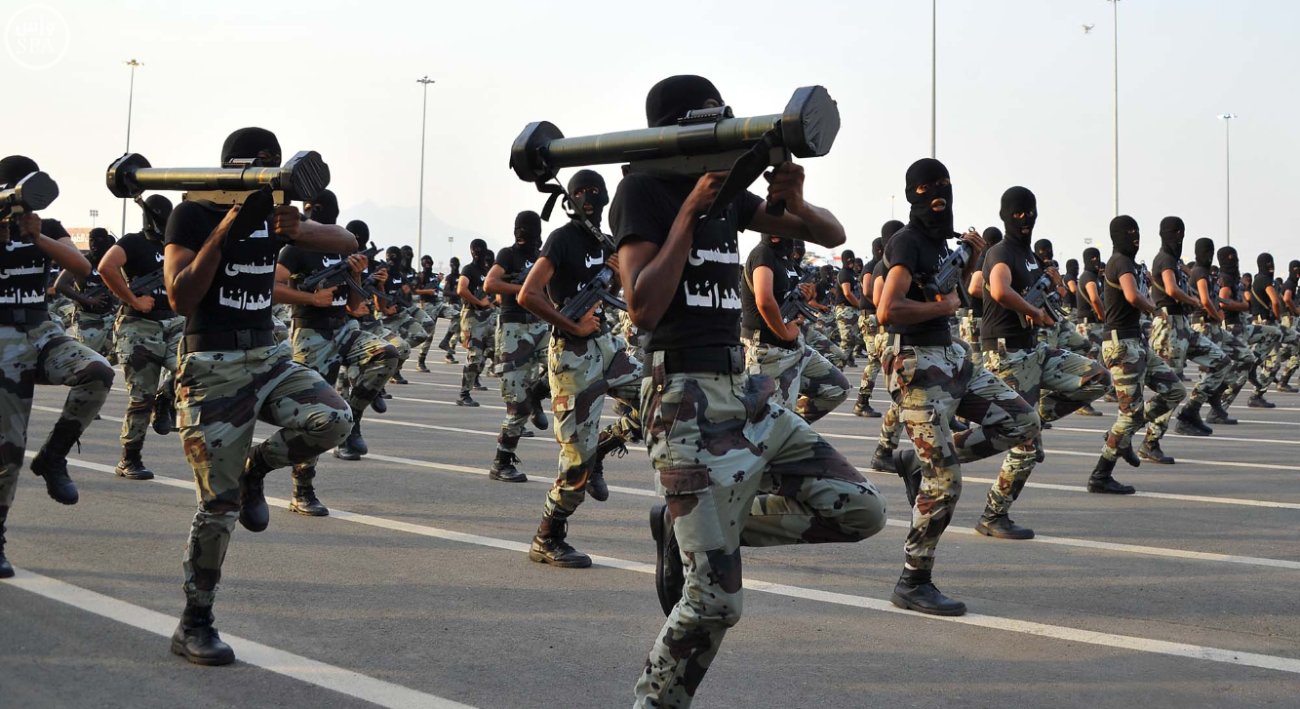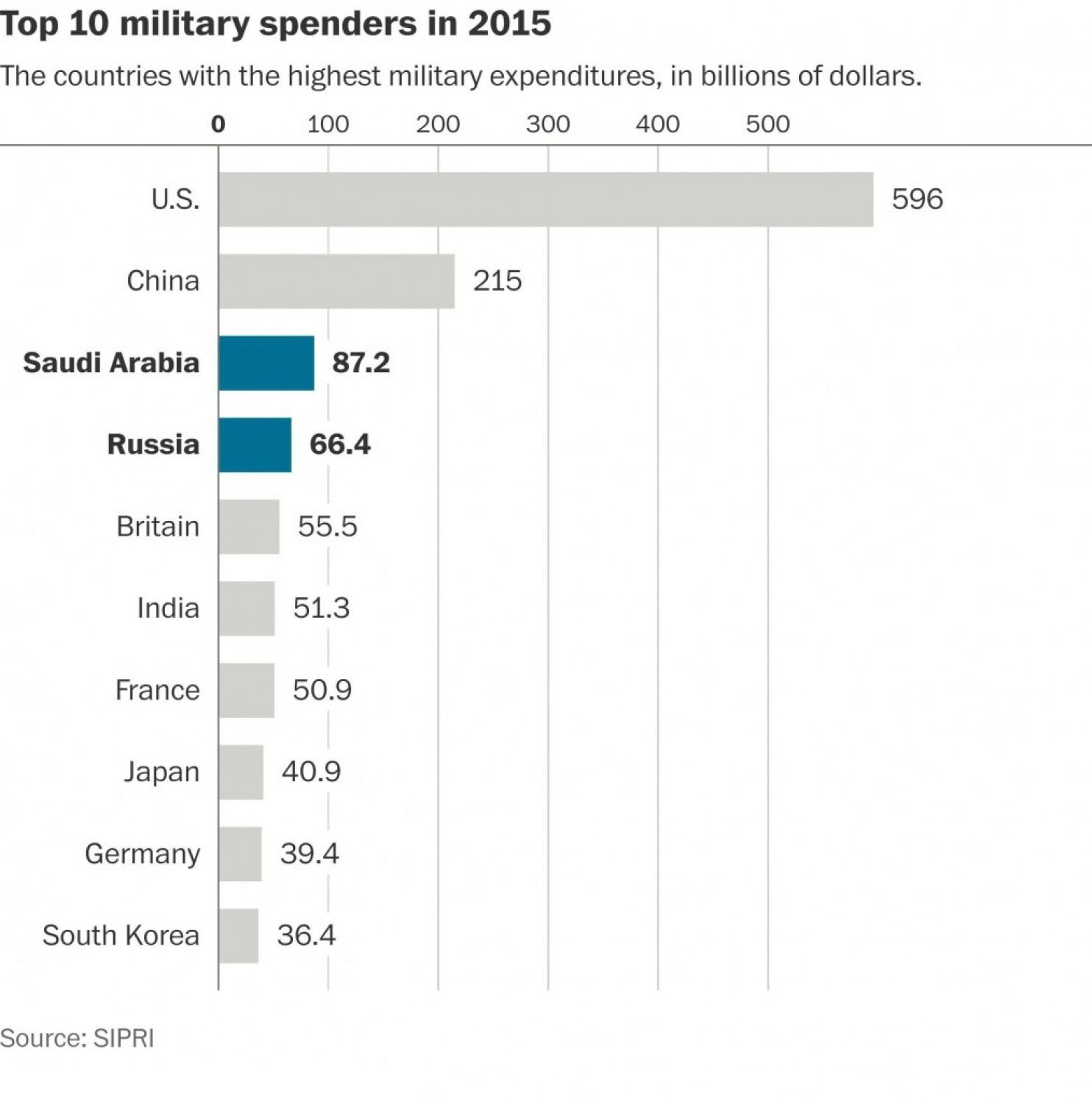
Hundreds of Nigerian Shiites were buried in a single mass grave following clashes with the military, an inquiry heard on Monday, as lawyers for the detained Shiite leader demand his release.
Members of the Islamic Movement in Nigeria (IMN)— led by Iranian-backed Sheikh Ibrahim Zakzaky —clashed with the Nigerian army in the northern city of Zaria, Kaduna state, between December 12-14, 2015. A report by Human Rights Watch (HRW) published in December estimated that at least 300 IMN members had been killed in the clashes, which the army claimed started after members of the sect tried to assassinate the Chief of Army Staff, Lieutenant General Tukur Yusuf Buratai. The IMN maintains that the clashes were unprovoked.
The Kaduna State Government is holding a judicial inquiry into the events. The Secretary to the State Government, Balarabe Lawal, told the inquiry on Monday that at least 347 Shiites were killed and buried in mass graves in the aftermath of the clashes. Lawal said that 191 corpses were transferred from the Nigerian Army Depot in Zaria to a burial site in the Mando area of Kaduna, Nigeria’s Premium Times reported. A further 156 corpses were taken from the Ahmadu Bello University Teaching Hospital in Zaria to the same burial site. Lawal also said that the corpses were of youth members belonging to the IMN and that they were committed into a single grave.
Another witness to the inquiry, Namadi Musa—the director-general of Kaduna’s state interfaith agency—said that the burial took six hours to complete and was undertaken with authorization from a magistrates’ court in Kaduna.
The IMN’s spokesperson Ibrahim Musa told Newsweek that the burial took place “in the middle of the night” and was not done according to Islamic burial rites. “None of their families have seen them, none was contacted and told they are going to be buried,” says Musa, who adds that more than 700 members of the movement remain missing after the clashes.
Zakzaky remains in detention and held in the custody of Nigeria’s intelligence agency, the State Security Service (DSS). Barrister Maxwell Kyon, one of the lawyers representing Zakzaky, told Newsweek that his legal team had only been allowed access to the sheikh on one occasion during his four-month detention. Kyon says that, when he met with Zakzaky on April 1, the IMN leader told him that he had lost some movement in his left arm and walked with a limp after suffering gunshot wounds during the clashes. Kyon adds that Zakzaky was blinded in his left eye and is at risk of losing sight in his right eye.
Zakzaky’s legal team are filing a motion with the Federal High Court in the Nigerian capital Abuja on Tuesday, to demand the unconditional release of Zakzaky, says Kyon, on the grounds that he has not been charged and that his ongoing detention violates the fundamental rights afforded by Nigeria’s constitution.


